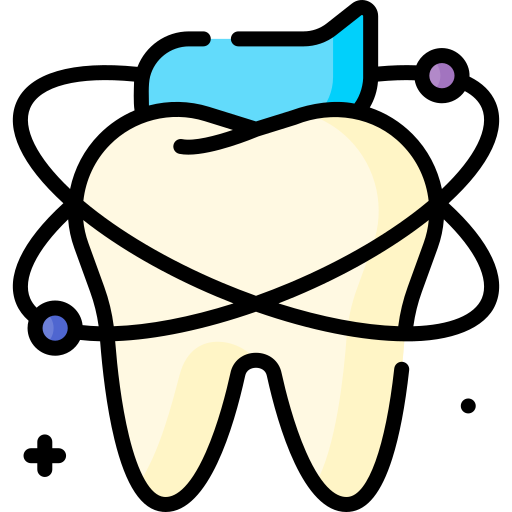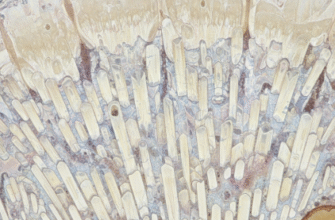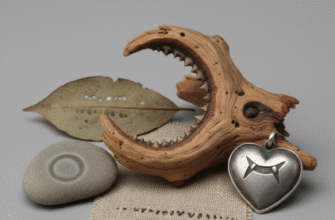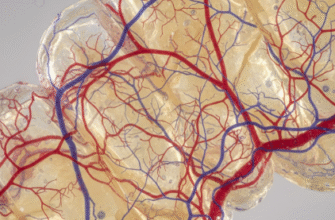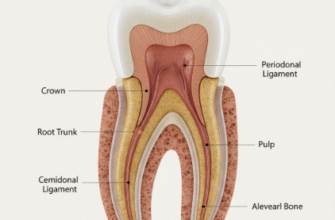Stepping into a dental office today can feel vastly different than it did even a decade ago. The gentle hum of advanced machinery, the sleek digital screens, and the less invasive procedures all point to a quiet revolution well underway. We’re moving rapidly beyond the era where a visit to the dentist was primarily associated with the dread of a drill. The future of dental technology isn’t just about fancier tools; it’s about transforming every facet of oral care, from how problems are detected to how they’re treated, and even how patients experience the entire process. Expect more precision, less discomfort, and results that are not only healthier but also more aesthetically pleasing than ever before.
Pinpointing Problems Before They Grow: The Diagnostic Leap
One of the most significant shifts is happening in how dental professionals identify issues. The old ways of visual inspection and basic X-rays, while still valuable, are being supercharged by intelligent systems. Artificial Intelligence (AI) is making serious inroads here. Imagine AI algorithms trained on millions of dental images, capable of spotting the faintest signs of decay, gum disease, or even oral cancers that might be missed by the human eye during a routine check. This isn’t about replacing dentists; it’s about giving them a powerful co-pilot, enhancing their diagnostic capabilities and allowing for interventions at the earliest, most treatable stages.
Then there are intraoral scanners. These wand-like devices are rapidly replacing those goopy, uncomfortable impression trays. In minutes, they can create highly accurate 3D digital models of a patient’s mouth. This isn’t just for crowns or aligners anymore. These detailed scans provide a fantastic baseline, allowing dentists to track tiny changes in tooth wear, gum recession, or tooth movement over time with incredible precision. It’s like having a perfect historical map of your mouth, making long-term care far more proactive.
Looking a bit further ahead, salivary diagnostics holds immense promise. Our saliva is a treasure trove of biomarkers that can indicate not just oral health conditions but potentially systemic diseases too. While still in its more nascent stages for widespread clinical use, the idea of a simple saliva test providing a wealth of diagnostic information is a compelling glimpse into a more integrated future of health monitoring, starting right in the dental chair.
Crafting Solutions with Digital Finesse
Once a problem is identified, the way treatments are planned and executed is also undergoing a digital metamorphosis. The guesswork is diminishing, replaced by computer-aided design and manufacturing that brings an unprecedented level of customization and accuracy.
The Expanding Universe of 3D Printing
3D printing is no longer a novelty in dentistry; it’s becoming an indispensable tool. Dental labs and even some in-house clinics are using 3D printers to create incredibly accurate physical models from those digital intraoral scans. These models are invaluable for treatment planning, patient education (it’s much easier to understand a problem when you can see a model of it!), and for creating things like surgical guides for implant placement. These guides ensure implants are placed with pinpoint accuracy, improving outcomes and reducing surgery time.
The exciting frontier for 3D printing involves the direct fabrication of dental restorations like crowns, bridges, and even dentures. While materials are still evolving to meet the demanding environment of the human mouth, the potential to print a perfectly fitting, durable restoration chairside or in a local lab very quickly is a game-changer. We’re also seeing it used for custom orthodontic aligners, night guards, and various other appliances, all tailored perfectly to the individual.
CAD/CAM: The New Standard for Restorations
Computer-Aided Design/Computer-Aided Manufacturing (CAD/CAM) technology has truly revolutionized restorative dentistry. This is the tech behind “same-day crowns.” Using an intraoral scan, the dentist can digitally design a crown, bridge, inlay, or onlay, and then a connected milling machine carves the restoration out of a solid block of ceramic or composite material, often while the patient waits. This means fewer appointments, no need for temporary restorations, and a final product that fits exceptionally well due to the digital workflow.
Beyond speed, CAD/CAM allows for the use of advanced, high-strength ceramic materials that are not only durable but also mimic the natural appearance of teeth incredibly well. The precision of the milling process ensures a tight fit, which is crucial for the longevity of the restoration and the health of the underlying tooth.
Making Dental Visits More Comfortable and Convenient
The future of dental technology isn’t solely focused on clinical outcomes; it’s also deeply concerned with improving the overall patient experience. Let’s face it, dental anxiety is real, and inconvenience can be a major barrier to regular care. New tech aims to tackle both.
Teledentistry saw a significant surge in adoption out of necessity, but its convenience has given it staying power. While not suitable for every situation, virtual consultations for initial assessments, follow-ups, or discussing treatment options can save patients time and travel. It allows for easier access to specialists and can be a great way to triage urgent issues, determining if an in-person visit is immediately necessary. This remote connection is particularly beneficial for individuals in rural areas or those with mobility challenges.
To address dental anxiety, some forward-thinking practices are incorporating Virtual Reality (VR). Patients can put on a VR headset and be transported to a calming beach, a serene forest, or even watch a movie during their procedure. This distraction can significantly reduce stress and perceived pain, making necessary treatments more tolerable. It’s a simple yet surprisingly effective way to change the sensory input from the sometimes-unsettling sights and sounds of a dental operatory.
On the home front, smart oral hygiene tools are becoming more sophisticated. Electric toothbrushes with sensors can now provide real-time feedback on brushing technique, pressure, and coverage via connected apps. Some can even track your habits over time, offering personalized tips to improve your home care. This gamification and data-driven approach can motivate users to be more thorough and effective in their daily routines, forming a stronger partnership between patient and dental team in preventing disease.
Innovations in What Goes Into Your Mouth: Advanced Materials
The actual stuff used to repair and replace teeth is also getting a high-tech upgrade. Materials science in dentistry is a constantly evolving field, striving for solutions that are stronger, longer-lasting, more biocompatible, and aesthetically superior.
There’s a huge emphasis on biocompatible materials – substances that the human body accepts without adverse reactions. Zirconia, for instance, has become a popular choice for crowns and bridges due to its exceptional strength and natural appearance, as well as its excellent biocompatibility. New composites are being developed that release fluoride or other beneficial ions to help prevent secondary decay around restorations. The goal is not just to fill a hole, but to use materials that actively promote oral health.
A truly exciting, though still somewhat futuristic, area is regenerative dentistry. This field explores ways to harness the body’s own healing capabilities to regrow or repair damaged dental tissues. Think of materials that can stimulate dentin regeneration or even, one day, guide the regrowth of periodontal ligaments. While we’re not quite at the point of regrowing entire teeth in a lab for everyday use, the research into growth factors, stem cells, and bioactive scaffolds is paving the way for treatments that could be far less invasive and more biologically integrated than current options. This is where the line between repair and regeneration begins to blur, offering a tantalizing glimpse into truly transformative care.
The adoption of digital technologies in dental practices is accelerating. Surveys consistently show a significant increase in the use of intraoral scanners, CAD/CAM systems, and 3D printers. This trend indicates a clear shift towards more precise, efficient, and patient-friendly dental care worldwide. The investment in these technologies underscores the industry’s commitment to leveraging innovation for better oral health outcomes.
The journey into the future of dental technology is undeniably exciting. We’re witnessing a convergence of digital innovation, materials science, and a more patient-centric approach that promises to make dental care more effective, less daunting, and highly personalized. While some of these advancements are already common in many practices, others are on the cusp of becoming mainstream. The overarching theme is clear: technology is empowering both dental professionals and patients, leading to healthier smiles and a better understanding of oral health as an integral part of overall well-being. The next few years will undoubtedly bring even more sophisticated tools and techniques, further refining the art and science of dentistry.
